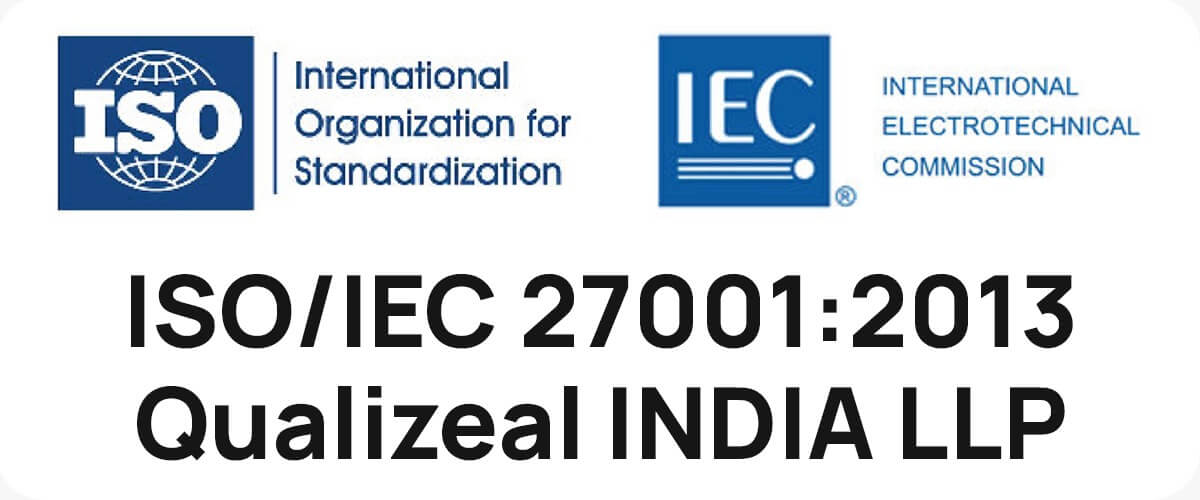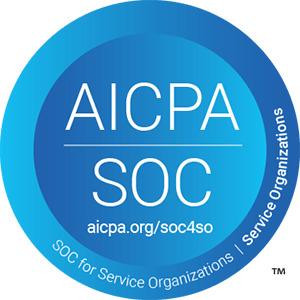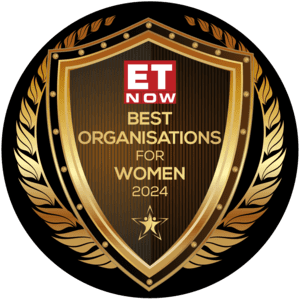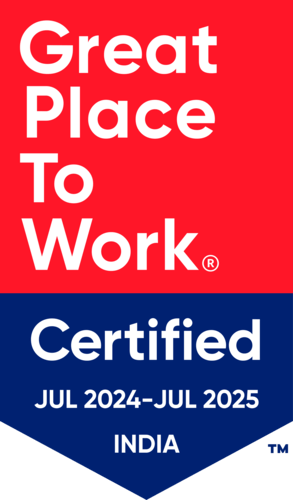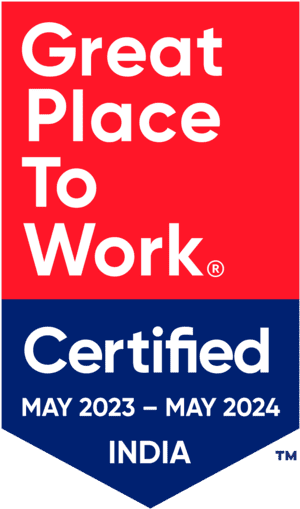Tips to Integrate a Culture of Quality in Large Enterprises

Quality assurance and control are integrated into business processes and supported by digital technologies in an organization with bright quality (see sidebar, “‘Smart quality’ at a glance”). Almost every person would have quality components relevant to their function included in their responsibilities and everyday work. For example, if performance management of quality measures across the firm were digitally enabled.
Everyone owns quality in a smart-quality firm. To get there, though, you must conquer some obstacles. In this blog, we will outline how your business can achieve this target.
Certain businesses frequently hang printed copies of their quality policy on the walls of their offices. But is it a valuable strategy for fostering a culture of quality? Do their staff members value quality? Are they able to understand the quality policy? Are their procedures in line with the quality goals outlined in the policy? There is a significant contrast. And the results demonstrate that.
Ultimately, the goal is to develop a product that benefits the users and improves their quality of life. Your company may already have a quality culture if your staff keeps this in mind and provides clients with high-quality, safe, and trustworthy products.
Everyone owns quality
The majority of managers concur that quality is everyone’s responsibility. However, in most cases, only the quality organization is responsible for the quality of operations, design, development, and even post-market activities. Even so, not everyone is accountable for quality. Sometimes duty extends to adjacent areas, such as manufacturing science and technology.
POBOS analysis reveals a significant association between quality results and incorporating quality activities into the daily operations of every function interacting with a product or quality process (Exhibit 1). High-performing organizations are those that make quality everyone’s responsibility.
How can businesses integrate smart-quality capabilities and culture?

We refer to this method as pan-enterprise quality culture and capability building, a comprehensive strategy that places more emphasis on processes than behaviors. It is distinct from conventional approaches in three ways:
- It speaks to the whole company, not just the quality staff.
- Instead of only emphasizing quality systems and processes, it focuses on fundamental mindsets and behaviors.
- It views quality capabilities as the basis for enhancing quality across the organization.
Developing quality competencies and influencing the quality culture in this way is novel. It can assist businesses in establishing new operational and working models that advance and support organizational quality.
The three elements of a quality-focused strategy

Successful organizations build and modify strategies that fit their particular cultures to apply innovative quality across the organization. While these approaches vary, they share three significant phases.
1. Evaluations of mindsets, actions, and skills
To identify all the structural problems and cultural concerns that affect quality excellence, organizations developing a quality culture often begin by conducting a thorough review of their essential practices.
It’s crucial to provide findings at the unit level when doing these assessments. While the effort’s basic design must be uniform across the organization, reviews of the various functions and units are crucial for tailoring activities to deal with regional problems.
2. Pan-enterprise visioning
A pan-enterprise vision that is shared and aligned throughout the firm can be established by top leaders using the findings of their assessment survey and their overall business plan. Workshops on visioning and aspiration-setting can point to discrepancies between intended end states and present performance levels. Senior cross-functional leaders who attend and have high aspirations can ensure that these seminars are practical. It is preferable to fall short of a long-range objective than to overdeliver on a modest one.
By concentrating on the future, leaders can influence the solution. Ideas shouldn’t be dismissed because they didn’t work the first time or because the endeavor should be a postmortem or a critique of prior activities.
3. Interventions of high cultural and structural quality
The third step involves leaders working together to develop and implement cultural and structural interventions to accomplish aligned goals.
To guarantee that interventions are tailored, flexible, and self-directed, see each employee as the learner at the heart of the process. Personalized learning may include skill-based learning that is optimized. Algorithmic learning is frequently used in adaptive techniques to adapt learning to a person’s skills. Employees that are self-directed plan and direct their learning paths.
Instead of picking projects organization-wide and in order, deploy all the interventions to each organizational unit.
Use measurements and indicators that focus on leading outcomes to assess progress objectively. Make modifications if the measures are insufficient.
By following these guidelines, firms can guarantee more significant and quicker advantages than they might with more conventional methods, such as the following:
- Greater conviction and comprehension: Everyone responds differently when an organization cascades a tailored change story. Others will relate to an organization-wide drive, while some may see the need to alter themselves.
- Quality-oriented personnel: Digitally enabled interventions in problem-solving research can help build employee capacities.
- Improved coordination across functions: For instance, leaders can visit the factory floor to strengthen bonds and encourage group leaders to work together.
- Process simplification and reinforcement: Along with organizational-wide quality acknowledgment, agile cross-functional squads and circles are formed.
Conclusion:

Although fostering a quality culture is not always straightforward, it is the only way to create products with broad appeal. A commitment to quality also has many advantages, such as more outstanding market share and customer confidence.
Putting best practices into effect to promote a culture of excellence shows that your company has the potential to expand rapidly over time and in response to shifting trends.
This thorough guide should assist you in developing the ideal culture where your team members strive for the highest quality results, even if that involves altering current procedures.




